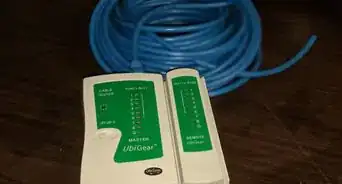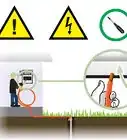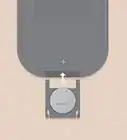This article was co-authored by Jesse Kuhlman. Jesse Kuhlman is a Master Electrician and the Owner of Kuhlman Electrician Services based in Massachusetts. Jesse specializes in all aspects of home/residential wiring, troubleshooting, generator installation, and WiFi thermostats. Jesse is also the author of four eBooks on home wiring including "Residential Electrical Troubleshooting" which covers basic electrical troubleshooting in residential homes.
This article has been viewed 422,969 times.
While it is not a common occurrence, every once in a while you may have to replace a fuse or reset a breaker. It helps to know where your circuit breaker or fuse box is beforehand so you aren't searching in the dark during a power outage. Boxes can be anywhere from outside to in your basement. Once you've found it, it's important to know the difference between a circuit breaker box and a fuse box, and how to restore power.
Steps
Finding Your Circuit Breaker or Fuse Box
-
1Search inside your home. Keep an eye out for a metal box, usually flush with the wall. The box will have a metal door to keep the breakers or fuses protected. Check your garage for the circuit breaker or fuse box. It might also be in a storage room, utility room, the basement, or a hallway.[1]
- If you can't find your box in one of these areas, look again or see if you can spot where the power connects to your house from outside. Check for your box in the surrounding areas.
- If you live in an apartment, check in a cupboard or hallway.
-
2Search outside if you can’t find it. Depending on how old your house is, your circuit breaker or fuse box could be outside.[2] Start by checking next to the meter box for your house.
- If you have trouble finding your circuit breaker or fuse box, ask a neighbor where theirs is. If you live in a neighborhood with houses built in the same era, the boxes may be in similar locations.
- Call an electrician if you can't find your circuit breaker or fuse box. Some boxes can be hard to find depending on additions or remodeling done to the house.
Advertisement -
3Determine if you have a fuse box or a circuit breaker box. Once you've found your box, open the door. If you see rows of switches, you have a circuit breaker box. Fuses are round and screw into sockets in the fuse box, much like a light bulb.[3]
- Older homes tend to have fuse boxes. If you have a particularly large house, you may even have multiple fuse or breaker boxes.[4]
Replacing a Blown Fuse
-
1Unplug any appliances in the same area where power loss occurred. If you lost power in your bedroom, unplug everything in that room before replacing any fuses.
- If you don't unplug any appliances before replacing the fuse, you run the risk of blowing the new fuse as well.
-
2Turn off the main power in the fuse box. You should see a main power switch in the fuse box that can be toggled between On/Off. Wear gloves and rubber-soled shoes when working in the fuse box. Be sure to remove any jewelry before replacing fuses. It is possible to replace fuses without turning the main power off, but it is dangerous. Exercise caution when working in the fuse box.[5]
- If there isn’t a switch to turn off the power, there will be a fuse block, usually in the center of the top row. Pull it out and check to see if it is labeled “on” and one side and “off” on the other. If so, reinsert it with the “off” side facing up. If not, leave it out while you replace the fuse, then reinsert it.
-
3Find the broken fuse. In each fuse box, there should be a circuit list that tells you what fuses control what circuits. This will give you an idea of what fuse may have blown. Find the fuse that corresponds with the area of the house that lost power.[6]
- The blown fuse will be cloudy or the metal line in the fuse will be broken.
- If you don't have a circuit list, you may have to guess which fuse is blown. If you pull a fuse out and no other circuits lose power, you've found the blown fuse.[7]
-
4Replace the fuse. To replace the fuse, simply screw the new fuse into the socket. Make sure you replace the fuse with a new one of the same amperage. Do not replace a blown fuse with one of a higher rating.[8]
- Fuses are rated at 15, 20, or 30 amps. The higher the rating the larger the appliance they power.[9]
- Typically if a fuse blows, it's because too many devices or appliances are pulling power from that circuit. If you're having a recurring problem with this, you may need to install a new circuit breaker to split the load.[10]
-
5Turn on the main power. Once you have replaced the fuse, switch the main power back on. If you have a fuse block instead of a switch, replace the block with the side labeled “on” facing up. If the fuse blows again, call an electrician to inspect your wiring.
- If the fuse does not blow, plug in any appliances you were using. If the fuse blows, there could be a problem with the appliance. There could also be too many appliances plugged into one circuit.
Resetting a Breaker
-
1Unplug any appliances in the area without power. When you trip a breaker and lose power to a room, unplug everything in that room.
-
2Find the "tripped" breaker. You can spot the breaker in question by finding the switch that is out of line with the other switches. If you have power, your breakers should all be in the "on" position. The tripped breaker will either be flipped to "off" or it will not be fully on.
- Some circuit breakers have a red or orange mark on them that is easy to see when the switch is off. This can help you locate the tripped breaker.
-
3Reset the breaker. Flip the tripped breaker all the way off before turning it back on. Many breakers will not reset unless they have been turned off completely.
- If the breaker trips immediately, call an electrician to inspect your wiring.
-
4Test your power. Once you have flipped the breaker back on, plug your appliances back in. If you trip the breaker again, there may be an issue with your appliance, or you could be plugging too many appliances into one circuit.
- If you trip the breaker from plugging in too many appliances, try using a different outlet. If that does not solve the problem, call an electrician, as you may need to have a new circuit breaker installed.[11]
Expert Q&A
Did you know you can get expert answers for this article?
Unlock expert answers by supporting wikiHow
-
QuestionWhere should I look to find my fuse box?
 Jesse KuhlmanJesse Kuhlman is a Master Electrician and the Owner of Kuhlman Electrician Services based in Massachusetts. Jesse specializes in all aspects of home/residential wiring, troubleshooting, generator installation, and WiFi thermostats. Jesse is also the author of four eBooks on home wiring including "Residential Electrical Troubleshooting" which covers basic electrical troubleshooting in residential homes.
Jesse KuhlmanJesse Kuhlman is a Master Electrician and the Owner of Kuhlman Electrician Services based in Massachusetts. Jesse specializes in all aspects of home/residential wiring, troubleshooting, generator installation, and WiFi thermostats. Jesse is also the author of four eBooks on home wiring including "Residential Electrical Troubleshooting" which covers basic electrical troubleshooting in residential homes.
Master Electrician
Warnings
- Never replace a blown fuse with one of a higher amperage. Doing so could start a fire.⧼thumbs_response⧽
- Do not block the path to your circuit breaker or fuse box. Leave 36 inches (91 cm) of clearance in front of the box and 30 inches (76 cm) on the sides. Make sure the box is 72 inches (180 cm) from the floor.⧼thumbs_response⧽
References
- ↑ Jesse Kuhlman. Master Electrician. Expert Interview. 29 April 2020.
- ↑ Jesse Kuhlman. Master Electrician. Expert Interview. 29 April 2020.
- ↑ http://www.visionaware.org/info/everyday-living/home-repairs/gils-guide-to-home-repairs/fuses-and-circuit-breakers/1235
- ↑ http://www.visionaware.org/info/everyday-living/home-repairs/gils-guide-to-home-repairs/fuses-and-circuit-breakers/1235
- ↑ http://www.visionaware.org/info/everyday-living/home-repairs/gils-guide-to-home-repairs/fuses-and-circuit-breakers/1235
- ↑ http://www.visionaware.org/info/everyday-living/home-repairs/gils-guide-to-home-repairs/fuses-and-circuit-breakers/1235
- ↑ http://www.visionaware.org/info/everyday-living/home-repairs/gils-guide-to-home-repairs/fuses-and-circuit-breakers/1235
- ↑ http://www.visionaware.org/info/everyday-living/home-repairs/gils-guide-to-home-repairs/fuses-and-circuit-breakers/1235
- ↑ http://www.visionaware.org/info/everyday-living/home-repairs/gils-guide-to-home-repairs/fuses-and-circuit-breakers/1235
About This Article
To find your fuse box or circuit breaker box, try searching in your garage, storage spaces, basement, or hallway for a metal box that's flush with the wall. If you don’t find it in any of these areas, look again or see if you can spot where the power connects to your house from outside or near your meter box. Call an electrician or ask your neighbors where their boxes are if you’re still having trouble locating yours. Once you find your box, open the door. If you see rows of switches, you have a circuit breaker box. Alternatively, if you see round fuses that are screwed into sockets, you have a fuse box. For more tips from our Electrician co-author, like how to replace a blown fuse, keep reading!
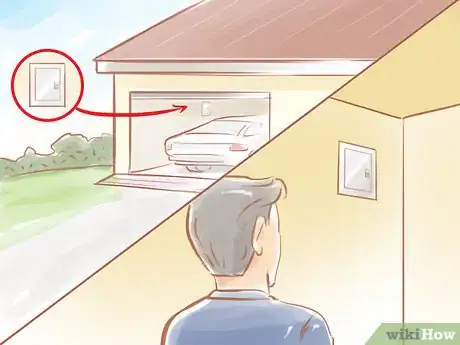

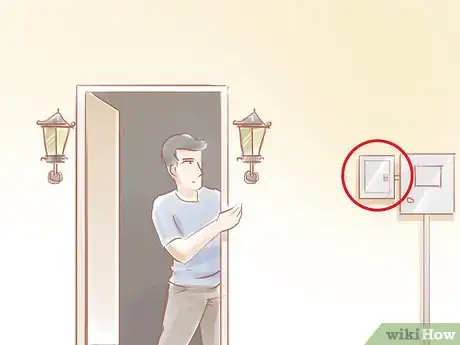
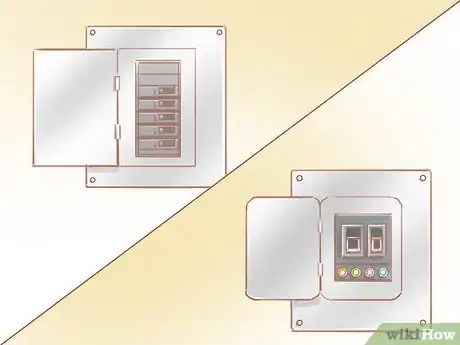
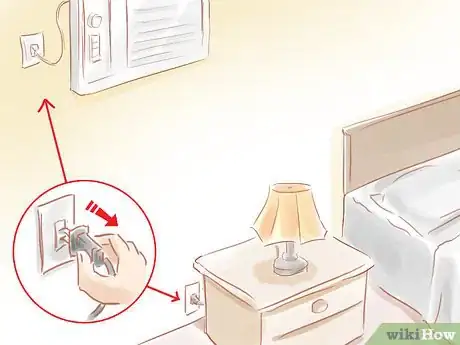





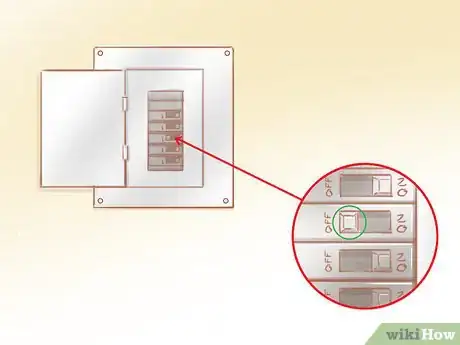
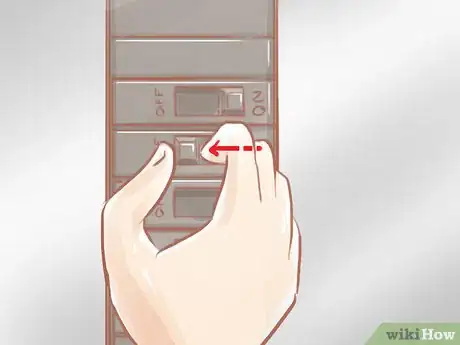


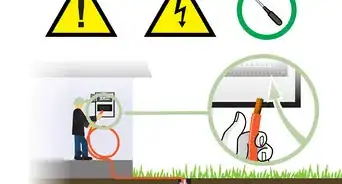


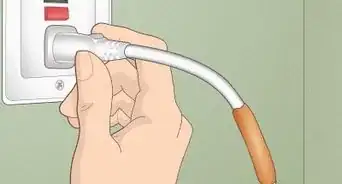

-Electric-Shock-Step-8.webp)
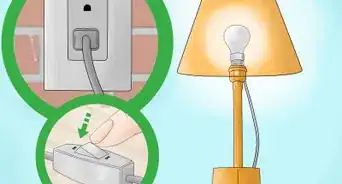
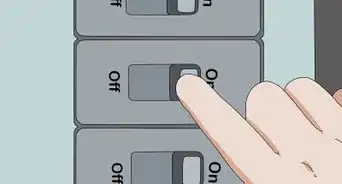
-Step-6-Version-2.webp)

